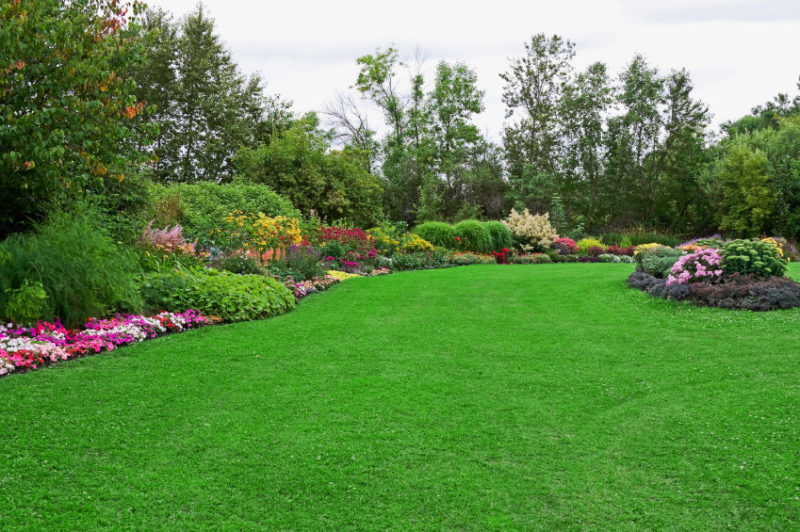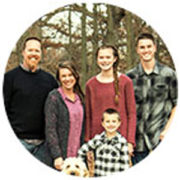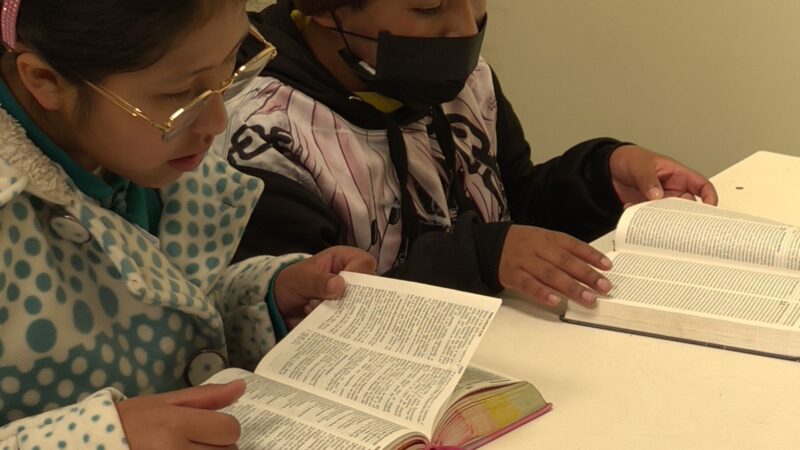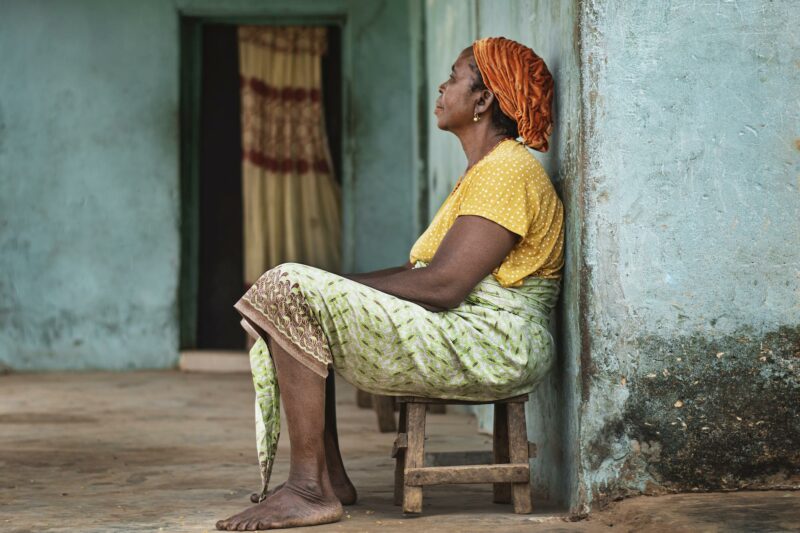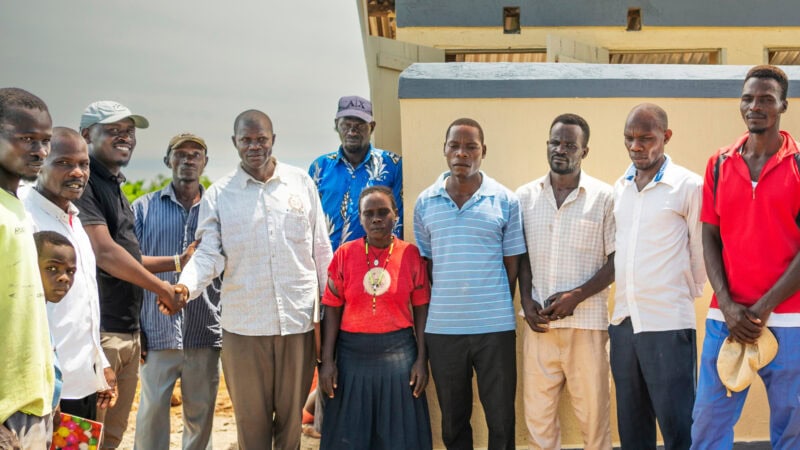As soon as the snow from our final spring blizzard melted and temperatures consistently rose above freezing, the unofficial, but very real, competition for best-kept-yard in the neighborhood began.
To compete, neighbors engage in various beautification processes that may include hiring one lawn service to aerate and spread seed in the yard and hiring another to plant trees and flowers…while the do-it-yourselfers are busy trying their hand at these same activities. Soon the grass grows and professionals on their stand-up lawnmowers speed from yard to yard, as other homeowners spend hours mowing and edging.
My point: we spend a lot of time and money on lawncare. I appreciate a nice-looking lawn as much as anyone, but I do wonder about the amount of money some spend on a prize-winning yard.
In sharp contrast to my lush, green neighborhood is the dry, brown region of Turkana, Kenya, which has captured my heart this spring as the drought they’re facing wears on and on. I’ve added Turkana to my weather app, so each day I check and see what is typically a week’s worth of thunderstorms and low 60’s for my hometown and then nothing but full sun and 90-degree temps in Turkana.
At work we receive grim reports and heartbreaking photos from our Kenya staff about dying animals, malnourished children, and a mother who puts her faith in God alone to feed her children because, other than a handful of government-issued corn that is left, there just isn’t any food to eat.
Our natural response is to help, to send the food that these hungry people so desperately need. The unfortunate truth is, it’s incredibly difficult to get food there. It’s a rugged ride through rough terrain in the Turkana region. The trek can easily cause damage to the trucks that dare to travel it, and consequently, many truck owners simply refuse to go to Turkana. Those that are willing charge a high premium, plus the cost of pricey fuel.
Our efforts at Bright Hope to raise funds and send food aid to Turkana have been challenging. Because it costs so much money to transport food to Turkana, it cuts into the funds available to actually feed these people for more than a few days. Secondly, it’s been difficult getting Americans to embrace the need and give to this campaign.
When I recently shared my frustration and concern with my husband, he reminded me of the story of Ruth and Boaz in the Bible. Ruth and her mother-in-law are hungry and have no job or way to provide for their needs, so Ruth goes to Boaz’s field to glean behind the harvesters. When Boaz takes notice of her, he tells his men to “pull out some stalks from the bundles and leave them for her to pick up” (Ruth 2:16).
My husband suggested something: why not initiate a Boaz offering where people can set aside a portion of what they pay for their lawncare for the “Ruths” of Turkana? Set aside a portion of our abundance to give to those in need? Not a bad idea.
Would you do it?
- Would you give a Boaz offering—give a portion of your lawn budget to those who probably can’t even imagine what it feels like to walk barefoot over a bed of soft, lush grass?
- Would you add Turkana to your weather app to remind yourself that even when we are facing yet another day of rain, our brothers and sisters across the world are facing another day of dry heat?
- Would you remember the story of the mother who has no job, no anticipated harvest—only a faith in God to feed her starving children? Would you remember to pray for her, and the many others like her?
What could you do today to make a difference in this very real problem in Turkana?
(I don’t typically like to ask for anything in my blogs, but if you feel compelled to give to help the people in Turkana, or want to learn more, click here.)

